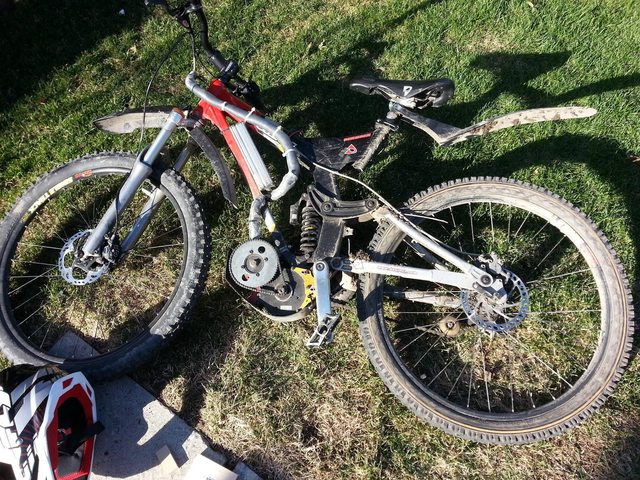skyungjae
10 kW
ebike11 said:skyungjae said:ebike11 said:Hi all,
I went out and got a KMC half link for the stock GNG chain that uses the chain tensioner.
I thought the idea of the half link was to "possibly" quiet it up a tad, as it would emilinate using the stock tensioner,
however even without the half link install, the chain seems to have a lot of slack.
Would anyone know how this works? Thanks!!
Try removing a full link. The reason why I was using a half link is because I originally went from a 12T to 13T freewheel.
I see. But Ill still be using the stock sprocket for now, so Ill have to remove a link or so.
Is there any specific place to break the GNG chain or not?
There's no specific place. Just make sure you kinda spread the outer/inner plates a little so the chain isn't super tight when you rejoin it.


